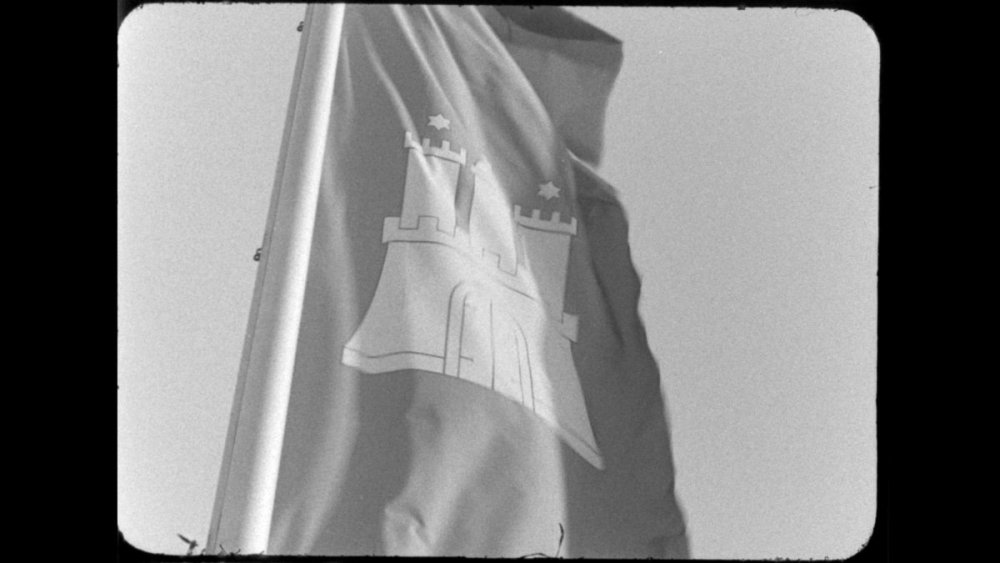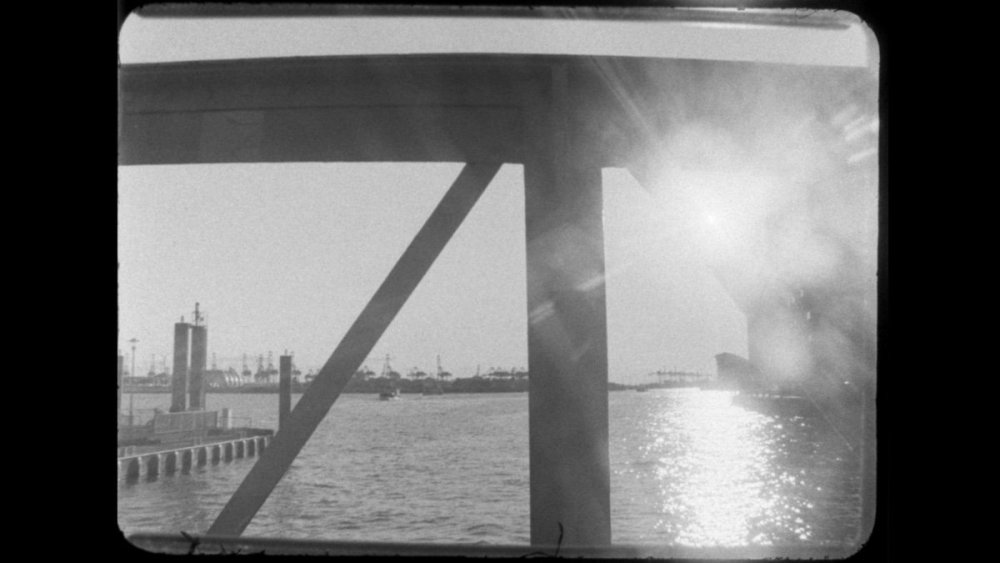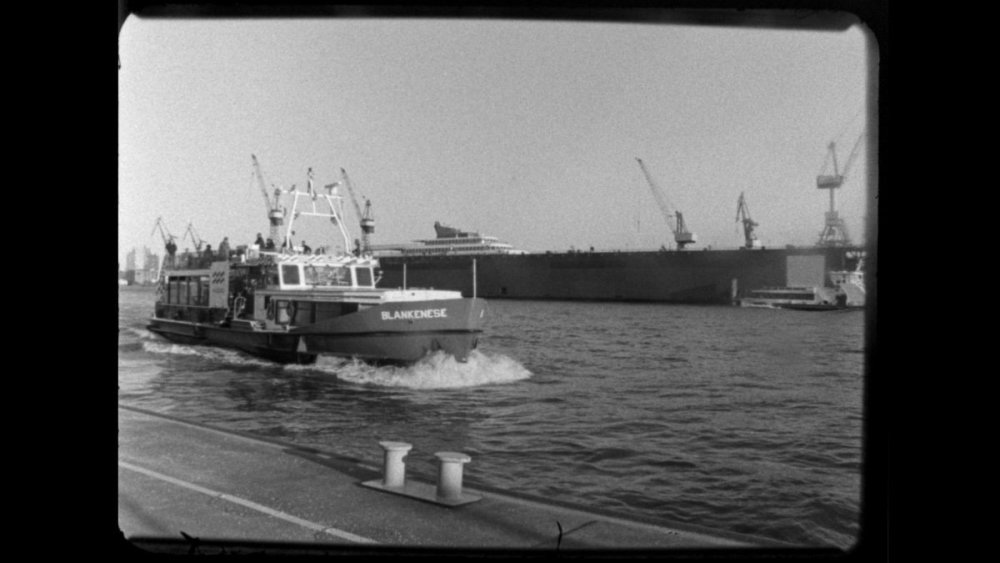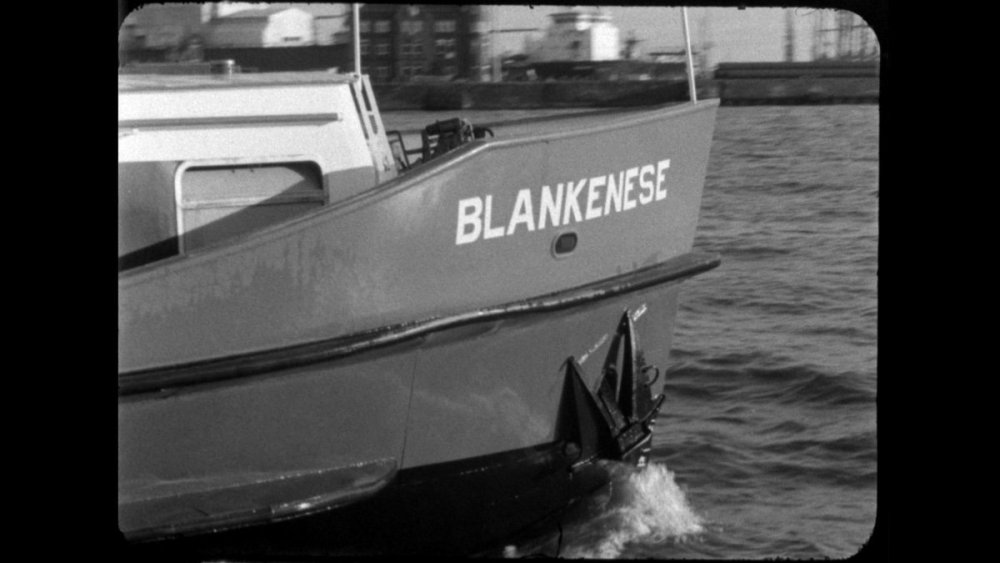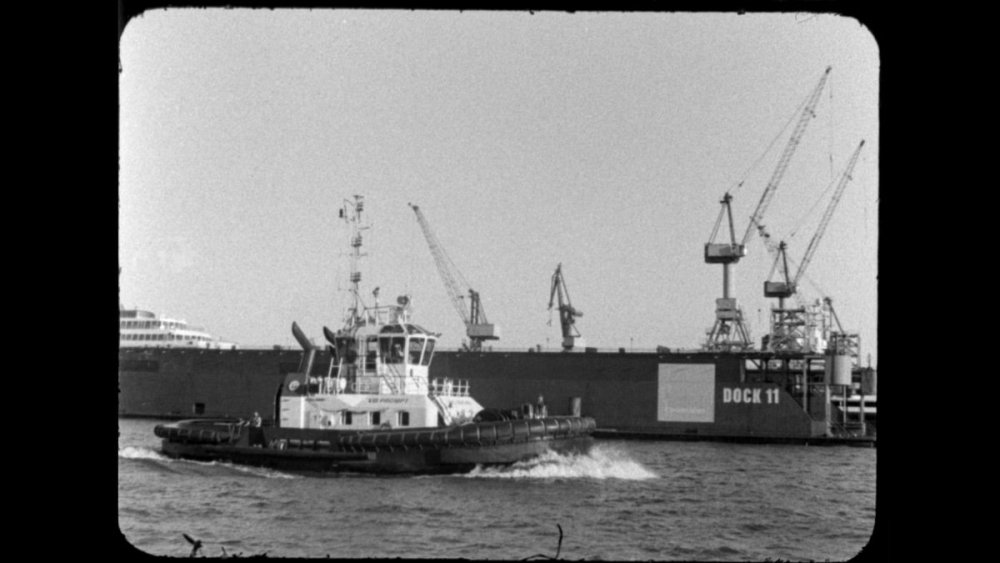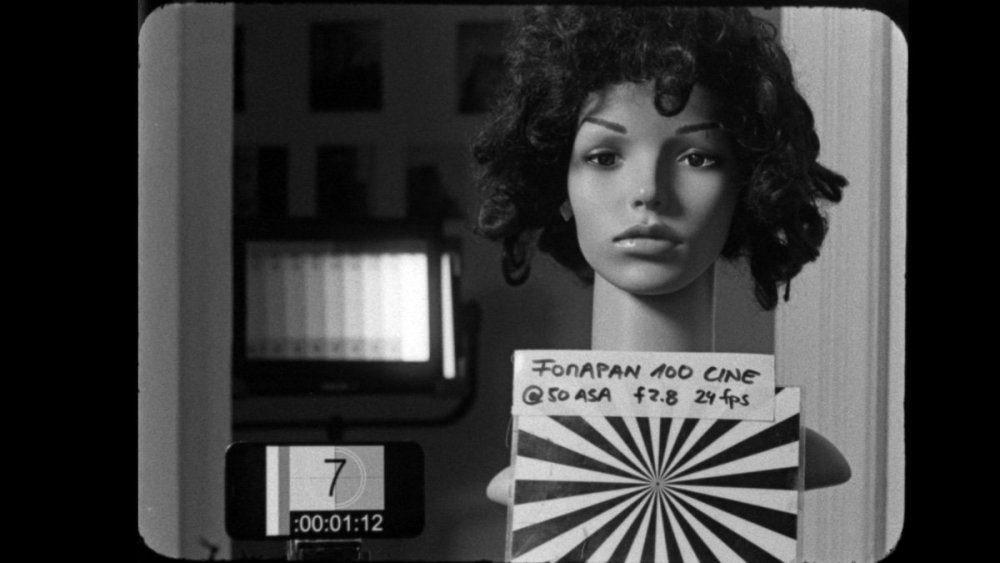
Sebastian Bock
Premium Member-
Posts
62 -
Joined
-
Last visited
-
David Jean Schweitzer, SOC started following Sebastian Bock
-
Film Development and Scanning in Europe
Sebastian Bock replied to Kevin Staub's topic in Post Production
@Dan Baxter You are mentioning commercial labs, but filmlabs.org is a network of non commercial, artist run film labs. That’s why you don’t find Kodak, Fotokem, etc. on their list. -
Thank you for your sharing your thoughts, Giray. I am still thankful for a new film stock. It is about half the price of Kodak films with an equal quality and offers people with lower budgets to shoot private films on their Beaulieu, music videos on their Arriflex ST, experimental stuff on their Bolex and much more on 100ft daylight spools. If you can only shoot "serious" stuff on 400ft rolls, just go with your Double XX. That's ok, but it has nothing to do with this thread.
-
Tobin Motors for Arri 16s / Shoulder Brace
Sebastian Bock replied to Paco Sweetman's topic in Cine Marketplace
Have you seen this new crystal sync motor from Pluriboom (Kamran)? https://pluriboom.com/products/crystal-sync-motor-for-arri-16-cameras -
Ok, it took a while, but as promised, I shot some real life footage with the Fomapan 100 cine. I rated it as 50 ISO and developed it in D76 1+1 for 12 minutes. The results are really satisfying for me. It is a very classic b/w look with good shadow detail and a pretty good highlight latitude. It's definitely not the finest grain but D76 is also not known as fine grain developer. But if I wouldn't like grain, I wouldn't shoot 16... Perforation of the Fomapan 100 cine is ok - the image is maybe a tad more jittery than Kodak XX film stock but it's not a big deal for my purposes. Overall, I am very happy with the new Fomapan 100 cine and will definitely use it again. Hopefully Foma sells enough so the production is profitable for them. Fomapan 100 cine is also possible to reversal process and has a nice punchy contrast if developed in D19 + KSCN + Iodide (9-12 minutes at 20 degrees). Though, the base is not as transparent as Fomapan 100R. Here are some images:
-
„Ida“ by Pawel Pawlikowski for the composition of the images. You can stop the film in every moment, print the frame and hang it to your wall. Outstanding! “Soy Cuba“ & „The cranes are flying“ by Mikael Kalatozov and his cameraman Sergej Urussewski for the camera movements, the light, contrasts and the infrared film stock. They were genius. „Pi“ by Darren Aronofski for its massive grain and aggressive contrasts.
-
It could be a mix of different factors. If the developer was a bit more exhausted than expected, if your thermometer is a bit off, the temperature dropped a bit during the 10 minutes, your agitation was a bit too lazy and you emptied the tank a bit too early - if all factors that influence the density of a negative are on the ‚bad‘-side, you could get a thin result. I once read a nice saying that‘s supposed to be from a Kodak brochure: Photography is almost impossible. The shutter speed can deviate by up to 50%, as can the aperture, not to mention the thermometer and the clock in the darkroom. If all the tolerances swing in one direction, the result is a white or black negative. But since they rarely do, we photograph with passion. I‘d say it’s very unlikely that the fixer caused that. Good luck for the other rolls! Sebastian
-
Cheapest form of creating atmospheric haze ?
Sebastian Bock replied to Ram Nanda's topic in Lighting for Film & Video
While reading this thread, a scene from „living in oblivion“ popped up automatically… 😉 -
A New Crystal Sync Motor for the Arri 16s
Sebastian Bock replied to Kamran Pakseresht's topic in 16mm
Kamran, you are a genius! This is so great! Thanks for sharing your fresh ideas to keep our beloved gear running and for supporting the 16mm filmmaking community. Cheers, Sebastian -
Looking for advice on Arrisun 1.2K repair
Sebastian Bock replied to James Knowles's topic in Lighting for Film & Video
James, you really should not repair high voltage devices when your repair skill level is amateur. Please - leave that to the professionals. I know, that was not an answer to your question, but when I saw your question, I felt an urgent need to send you this appeal. No offense 😉 I guess, no serious professional would give an amateur tips in an Internet forum, how to hot wire high voltage devices. Who would take responsibility if something goes wrong? -
More Options: You can also shoot on Orwo UN54, Foma R100 or Fomapan 100 When I see your questions, I recommend to do a little more research than just asking here. If you never heard about Tri-X, you could visit Kodak‘s website to read about it. Also the search function here is a good resource. The advantage of shooting b/w is, that you have many ways to influence the look of your film - by the usage of specific developers for example. Saying, Double X is generally contrasty and dark is nonsense, since it is a negative stock and the brightness and contrast depends on exposure, development, scanning or print processing. The latitude might be an argument, but come on: generations of filmmakers were shooting beautiful films on that stock - so maybe it is also good enough for you… 😉
-
@Ivan DImitrov Alexandrov Did you know that Foma.cz offers an orthochromatic film? So you don’t need to imitate the look - you can have it for real. BTW: your trailer looks very promising…
-
Legal/Video range or Full/Data range?
Sebastian Bock replied to Wenqi Wei's topic in Post Production
Hi, Wenqi Wei! Arri is building a professional video camera, so they are using the video / SMPTE standards to be compatible with broadcast equipment all over the world. In the video world you have historically "lower than black" and "whiter than white (109%)" values. These is a legacy from the CRT TV era. Over decades, Manufacturers of broadcast and video equipment tried to stay backwards compatible with older standards so they respected the SMPTE guidelines for video levels. Full Range video is for computer monitors and not a standard in broadcast / video universe. Also, the Alexa has 10 bit ProRes recording, so it is not limited to 16-235 as you mentioned but to 64-1000, so it's not a big deal to have a couple values less than full range would offer... If you playback your Alexa footage on a computer monitor, you should have it transformed to full range somewhere in the chain so your blacks are not lifted. If you play back your Alexa footage on a Rec709 broadcast TV, you shouldn't do that because then you would have crushed blacks and blown out highlights. But you are right: all this has nothing to do with log. Some of my above statements might not be 100% technically correct, but they should give you an idea of the principle. Cheers, Sebastian -
Richard, thanks for the energy you've put in that topic. All narrow gauge filmmakers benefit from that! Maybe you should also place a massive printfilm order so they realize there is a market, create their own PF emulsion and sell it in 2000ft cans. Ok. enough kidding... Fingers crossed that you manage to get your personal share shipped to Australia. But I have another information that might relieve you a bit: Foma's "best before" date on the packaging says: 05/2027. All the best from floodlab (Hamburg;) Sebastian





